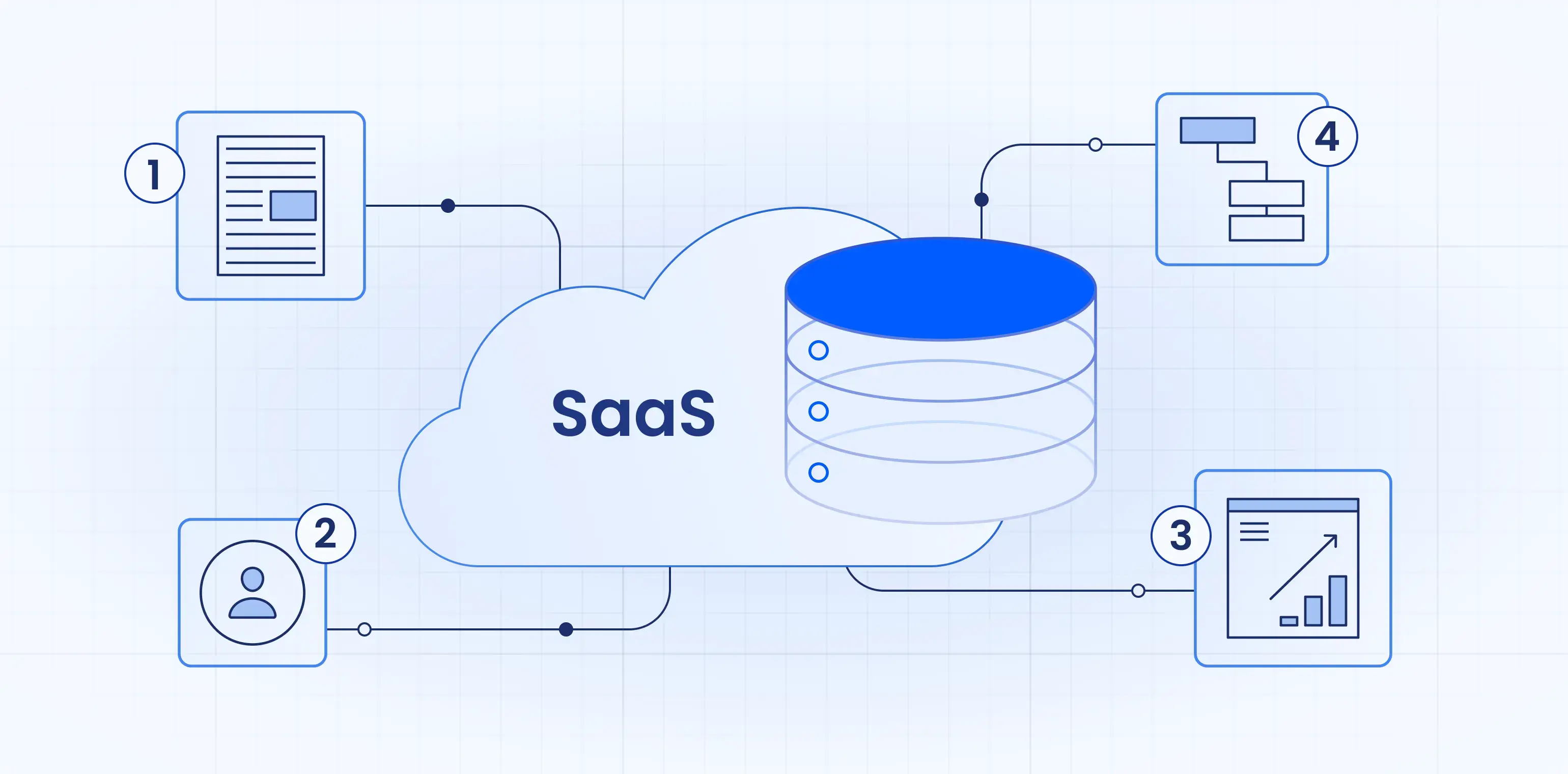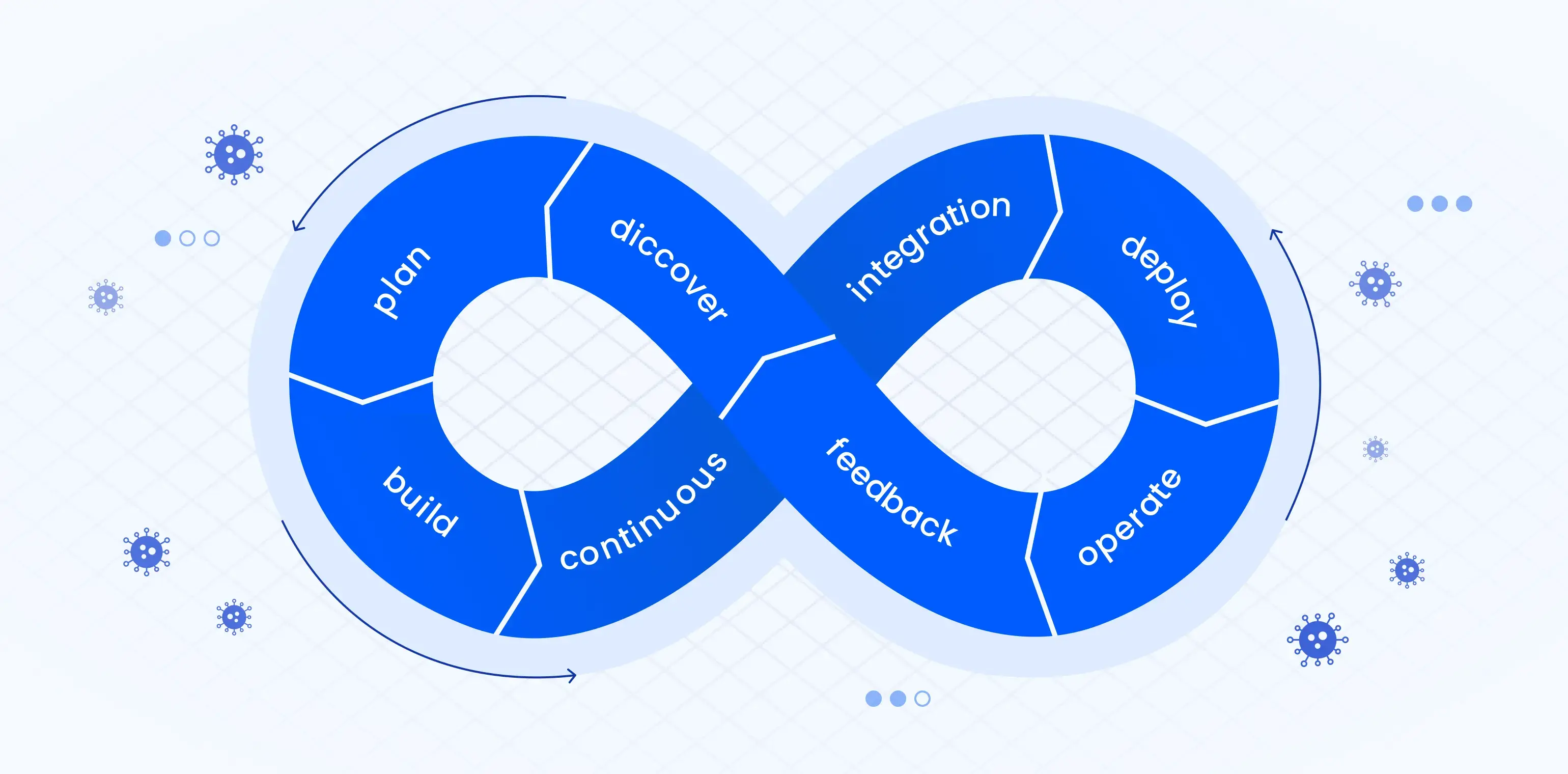Localization and Globalization in SaaS: Adapting to Diverse User Bases
It's crucial to target diverse user groups for a profitable SaaS product. Here is why:
Diverse users have varying needs and challenges. Understanding and solving them allows you to appeal to different demographics, industries, and regions.
Diverse users have different product expectations. When a SaaS platform is user-friendly for people from different backgrounds, it ensures that everyone can interact with the software effectively.
User diversity sparks innovation. By engaging with a diverse user base, you gain valuable insights to add new features and improvements.
Diversity aligns with social responsibility. It promotes equality and ensures that technology is accessible to all, regardless of preferences and abilities.
SaaS localization and globalization are effective ways to reach a wide audience. Further, we'll explore how to set up globalization and localization in SaaS.
SaaS localization and globalization: what is it and why do you need it?
SaaS localization means adapting Software as a Service (SaaS) applications to meet the linguistic, cultural, and functional requirements of a target user group. It involves translating user interfaces, content, and documentation into the languages spoken in the target regions. As a part of SaaS localization, you may also customize date formats, number formats, currencies, and other regional preferences.
The goal of SaaS localization is to provide a seamless user experience (UX) for customers of diverse backgrounds.
SaaS localization is tightly connected with globalization, aiming to expand the customer base.
The more local software options you configure, the more global you make the product as a whole.
SaaS globalization is often identified with internationalization. The latter means that you reach an international user base and promote your product in different countries and regions.
SaaS localization benefits
Localization in SaaS offers numerous benefits, such as:
Increased user engagement. Users are more likely to engage with a SaaS product available in their native language. This leads to higher user satisfaction and retention rates.
Enhanced user experience. Localization tailors the software interface, content, and features to match the cultural expectations of specific regions. This provides a seamless and intuitive experience for users.
Wider market reach. By offering a localized version, SaaS providers can access new markets and reach potential customers in different regions. This expands the geography of users and opens new opportunities for business growth.
Competitive edge. Localization sets businesses apart from competitors who do not offer language-specific versions. This gives them a competitive advantage in global markets.
Improved customer satisfaction. When users can interact with a product in their own language and cultural context, they are more likely to be satisfied. Happy users can give positive reviews and referrals, strengthening the SaaS' reputation.
Cultural sensitivity. SaaS localization ensures that content and imagery are culturally appropriate. This helps avoid misunderstandings and potential offense, which can occur with non-localized products.
Legal and regulatory compliance. Adapting the software to regional requirements ensures compliance with local regulations and reduces legal risks and liabilities.
Facilitated customer support. Localized customer support and documentation enable users to access assistance in their native language. This expedites issue resolution and enhances customer experience with a SaaS product.
Faster user acquisition. Users are more likely to engage with marketing materials and help resources which are presented in their own language. In this way, SaaS localization speeds up user acquisition.
Positive brand perception. When a company offers a localized SaaS version, it shows its commitment to serving diverse customers. This contributes to a positive brand reputation and customer loyalty.
Data insights. Localization allows businesses to gather insights from diverse markets, run deeper market analyses, and develop more effective marketing and branding strategies.
Scalability. Localized products can be easily scaled to related regions. This allows businesses to grow and enter new markets without significant retooling or development efforts.
Looking to scale your software across countries and regions?
Key elements of SaaS localization
SaaS localization does not simply mean translating text into another language. This is a complex work that requires the participation of UI/UX designers, business analysts, and developers. Here are the key elements you should consider when implementing localization and globalization in SaaS:
UI localization
Imagine you have a SaaS interface in English with a specific set of buttons, icons, and other visual elements. You want to expand your audience to Israel. To localize SaaS for Hebrew-speaking users, you need to consider the following:
Unlike European left-to-right (LTR) languages, Hebrew is a right-to-left (RTL) language.
The "right-to-left" feature applies not only to text but also to visual elements. If, for example, you need to display a progress bar, this should be done from right to left.
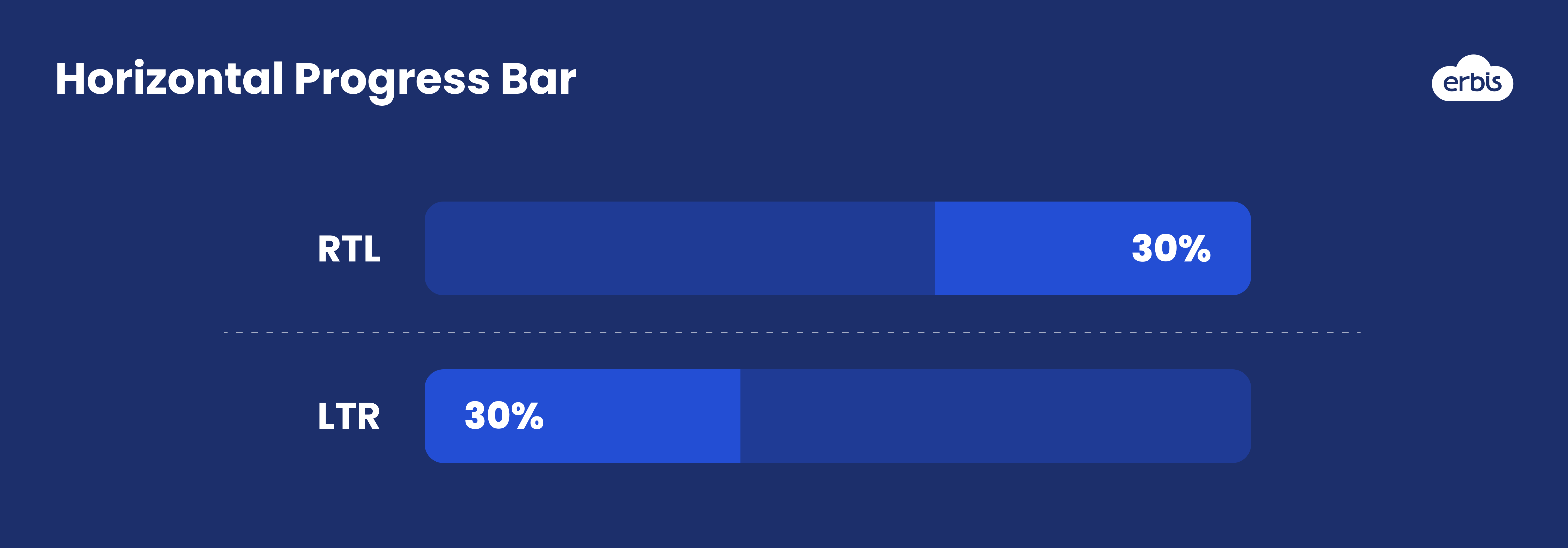
You don't need to mirror everything. There are generally accepted standards for both left-to-right and right-to-left languages. For example, the clock hand moves the same way in all countries; logos and universal marks also remain the same.
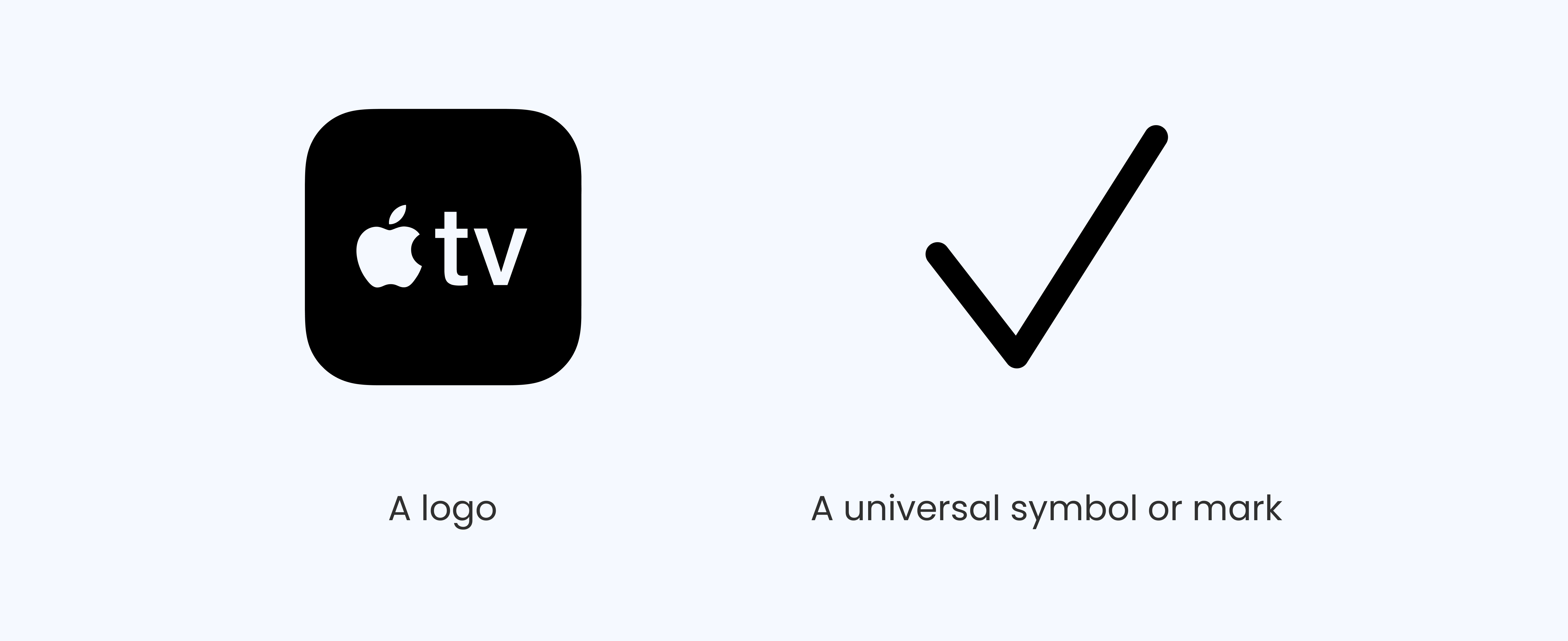
Another SaaS localization concern in terms of UI should address the Asian region. Particularly for languages like Japanese and Korean, font sizes need to be carefully considered due to the complexity of characters. The intricate strokes and details make characters appear smaller than those of many European languages.
For example, for Japanese and Korean languages, font sizes ranging from 11 to 14 points are commonly used for body text in digital interfaces. For headings and other prominent elements, font sizes can be larger, typically from 14 to 18 points.
In comparison, European languages like English, French, and German are usually displayed comfortably at 10 to 12 points for body text and 14 to 16 points for headings in digital interfaces.
If a SaaS product is designed, avoiding hardcoded strings, the UI localization challenges can be easily resolved.

SaaS price localization
SaaS price localization means adapting the pricing structure of a software product to local markets. It involves setting prices in a way that aligns with the local market conditions, economic factors, purchasing power, and cultural expectations of the target audience.
Key aspects of SaaS price localization include:
Currency conversion - converting prices from a base currency to the local currency of the customer's region. You can enable users to manually choose their country and currency or automate currency display through geolocation technology based on IP address. The latter option of SaaS price localization benefits you and your customers. It eliminates unnecessary steps for users in an app and allows them to focus on purchase decisions.
Regional pricing tiers - creating different pricing tiers based on economic disparities in different regions. It is impossible to offer a product at the same price in countries with varying levels of income and purchasing power of customers. To adapt prices to specific regions, you need to enlist the support of business analysts who can conduct targeted economic research and offer an optimal SaaS price localization strategy.
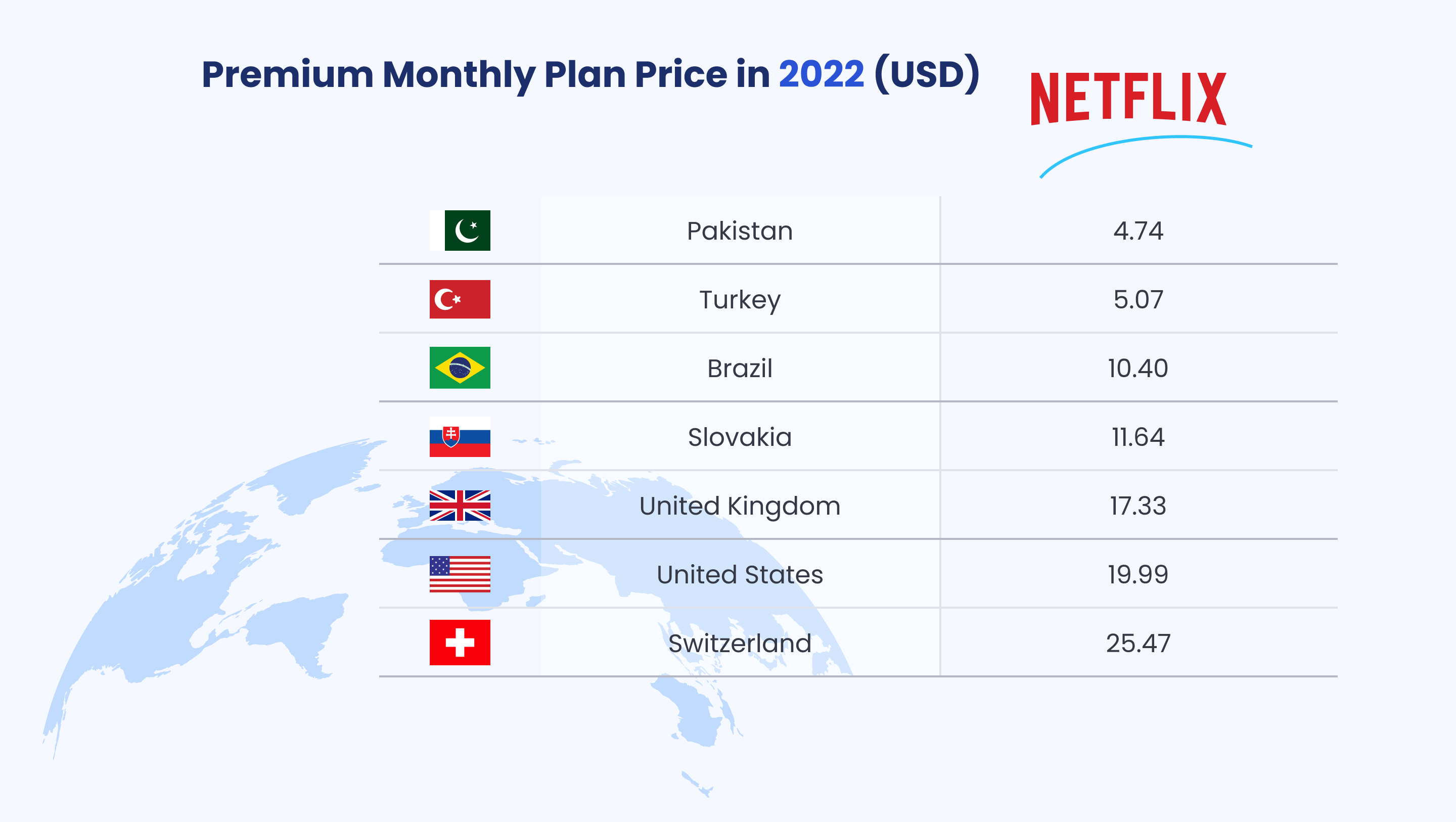
Localized billing cycles - adapting billing cycles according to regional preferences. Some regions may prefer monthly subscriptions, while others might opt for annual or quarterly plans. Offering localized billing cycles is also a great way to enhance UX, as it gives users the freedom to choose a convenient payment option.
Supporting local payment methods - integrating payment methods that are popular in specific regions. As a part of SaaS price localization, you can include payment methods such as credit cards, digital wallets, local bank transfers, region-specific online payment systems, etc. For example, you may find out that American users are more willing to pay with credit cards, while Asian users prefer digital wallets.

Adjusting discounts and promotions - tailoring offers based on regional preferences. For example, you can offer special discounts for local holidays or events. This personalized approach in SaaS price localization creates a sense of appreciation and increases engagement with your brand during specific regional occasions.
Marketing strategy localization
Localizing marketing efforts is essential for successful product promotion. Before offering a product to a local audience, you need to conduct thorough market research, identify the pain points of potential users, and find ways to address these pain points.
The steps to marketing strategy localization include:
User persona localization. The user persona is likely to differ from region to region, even if it comes from the same professional field. Imagine that you develop CRM for marketing professionals. Here is how your product may differ depending on the target country and users:
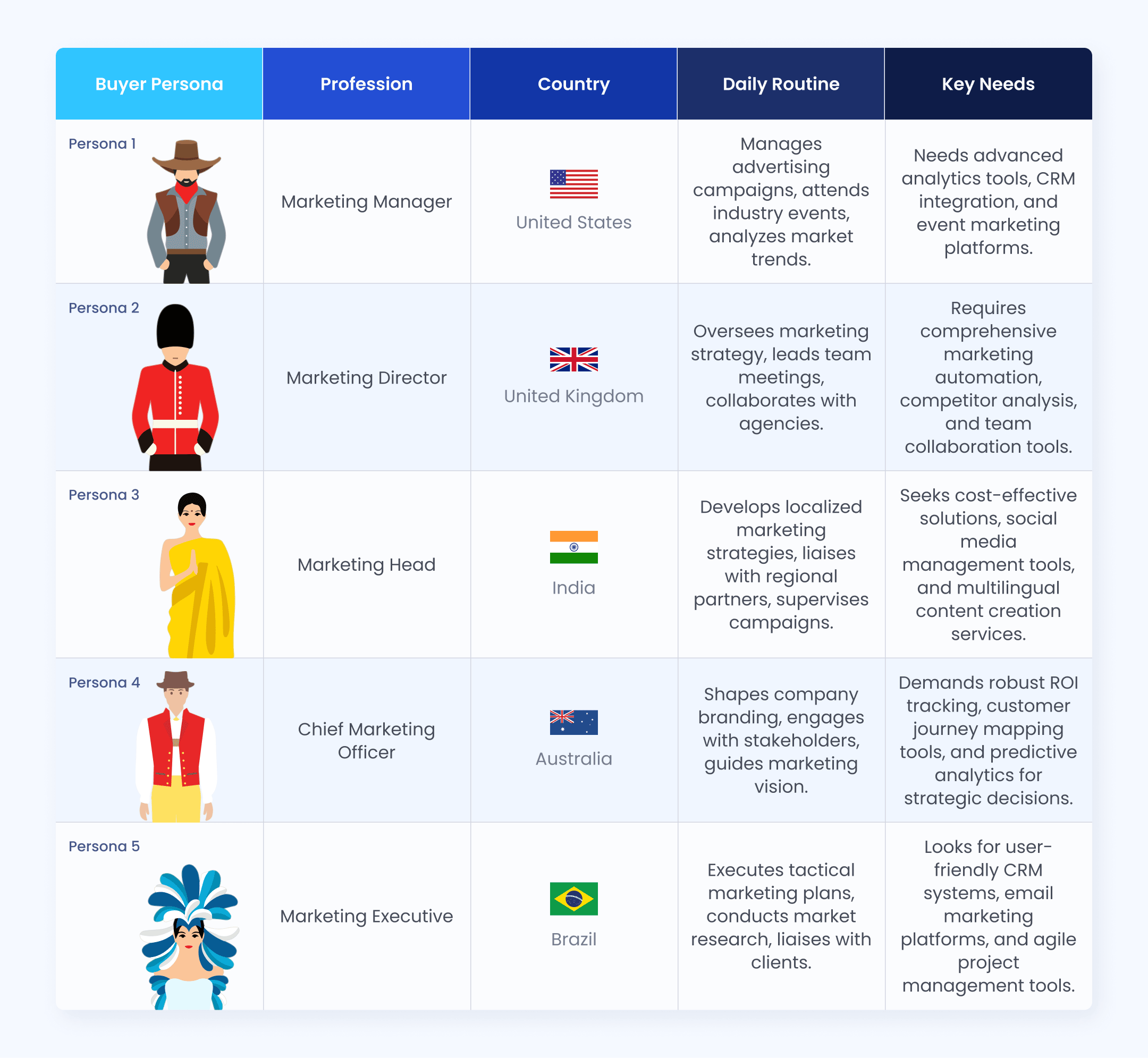
Message localization. It is not enough to simply translate your slogan into the local language. You must appeal to a regional audience using an acceptable tone of voice and communication norms. For example, you might have a more casual style if you're targeting American users but be more formal if you're targeting Japanese or Chinese users. You should also localize the names of people and geographical titles. Think of the "Share a Coke" campaign, which used local names in over 80 countries.
Communication channels localization. Spread the word about your SaaS product through channels that your target audience is familiar with. For instance, if you're using social networks and instant messengers, choose the ones that are commonly used in the specific region. Facebook Messenger is popular in the USA and Australia, while WhatsApp is widely used in the UK and Germany. In China, WeChat is the most preferred messaging app.
Challenges in SaaS localization and globalization
SaaS localization and globalization must consider:
Language complexity. Translating technical jargon and ensuring accuracy in highly specialized software contexts can be challenging. Languages with character-based scripts (like Chinese or Japanese) add complexity due to nuances in character meanings and context.
Cultural sensitivity. Understanding cultural differences is crucial. Colors, symbols, and imagery that are harmless in one culture might be offensive or misinterpreted in another. Adapting content to avoid cultural misunderstandings is essential.
User experience. Ensuring a seamless user experience across languages and cultures is challenging. Interfaces need to accommodate text expansion or contraction, ensuring that the layout remains intuitive after translation.
Regulatory compliance. Adhering to various data protection laws, tax regulations, and other legal requirements in different countries is paramount. SaaS providers must ensure their software complies with diverse international regulations.
Currency and payment methods. Handling multiple currencies and accommodating various payment methods adds complexity to billing and checkout processes. Ensuring a smooth payment process across regions is vital, so you should pay special attention to SaaS price localization.
Support and documentation. Providing customer support and comprehensive documentation in multiple languages is resource-intensive. This includes multilingual FAQs, user guides, and responsive multilingual support.
Technical challenges. Integrating multilingual databases, ensuring data security across regions, and maintaining system stability while accommodating different languages and cultural requirements pose technical challenges.
Market research. Understanding market demands, user preferences, and competitors in different regions requires extensive research. Tailoring the product to fit specific market needs is critical for success.
Consistency. Maintaining consistent branding, messaging, and user experience across different languages and cultures is challenging. Inconsistencies can lead to a fragmented brand image.
Updates and maintenance. Managing updates, patches, and maintenance across a globally distributed user base requires meticulous planning to ensure all users receive timely and relevant information.
Not sure where to start the SaaS localization process?
Tools for SaaS localization and globalization
Specific tools and technologies can help you with SaaS localization and globalization. This concerns not only content translation and UI adaptation but also SaaS price localization, database setup, etc.
Common SaaS localization tools and technologies are:
Translation management systems (TMS). TMS platforms like SDL Trados, Memsource, and Smartling help manage translation workflows and ensure consistency across multiple languages.
Computer-assisted translation (CAT) Tools. CAT tools like MemoQ, Wordfast, and OmegaT assist human translators by providing translation memory, terminology management, and workflow automation.
Content management systems (CMS). CMS platforms like WordPress, Drupal, and Joomla offer plugins and extensions for multilingual content management on a website.
Localization platforms. Transifex, Lokalise, Crowdin, and similar tools centralize localization efforts, allowing collaboration between developers, translators, and project managers. They often integrate with version control systems for seamless deployment.
Globalization management systems (GMS). GMS tools like MotionPoint and Acclaro help adapt digital content for global markets. They ensure that websites and applications are culturally relevant and compliant with local regulations.
Internationalization libraries. Programming libraries and frameworks like ICU (International Components for Unicode) and CLDR (Common Locale Data Repository) provide developers with functionalities for handling internationalization aspects. In particular, they help with date and time formatting, currency conversion, and language-specific features.
Translation memory (TM) databases. TM databases store translated phrases and segments for reuse, ensuring consistency across translations. Tools like SDL Trados Studio and Wordfast maintain these databases to efficiently reuse previously translated content.
Localization testing tools. Linguistic Sign-off Tools and LingoChecks automate the linguistic quality assurance process. They check translated content for accuracy, consistency, and cultural appropriateness.
Localizing and globalizing SaaS with the user in mind
Putting the user at the heart of SaaS localization and globalization efforts is a strategic imperative for businesses striving for success. User-centered SaaS localization ensures that software is not only linguistically accurate but also culturally and functionally relevant to diverse international audiences.
Understanding users' needs, preferences, and behaviors in different regions is paramount for a seamless UX, and this is where Erbis excels.
Our team develops digital solutions that solve customers' problems. By combining business analysis with technological expertise, we ensure that our software products improve users' lives and generate income.
Looking to expand business reach and drive global success?
FAQ
Translating SaaS to the local language is a fundamental step in localization, but it's not enough on its own. True SaaS localization involves adapting user interfaces, content, prices, and functionality to align with local preferences. This ensures a seamless and culturally relevant user experience in the target market.
To manage compliance with international data protection regulations, we conduct thorough market research and consult local legal experts. We also use secure data storage and processing practices to align with evolving regulation procedures.
SaaS companies can track metrics such as user engagement, customer satisfaction, conversion rates, and revenue growth in target markets. Additionally, they can analyze user feedback, monitor support requests, and conduct usability testing in various languages and interfaces.






